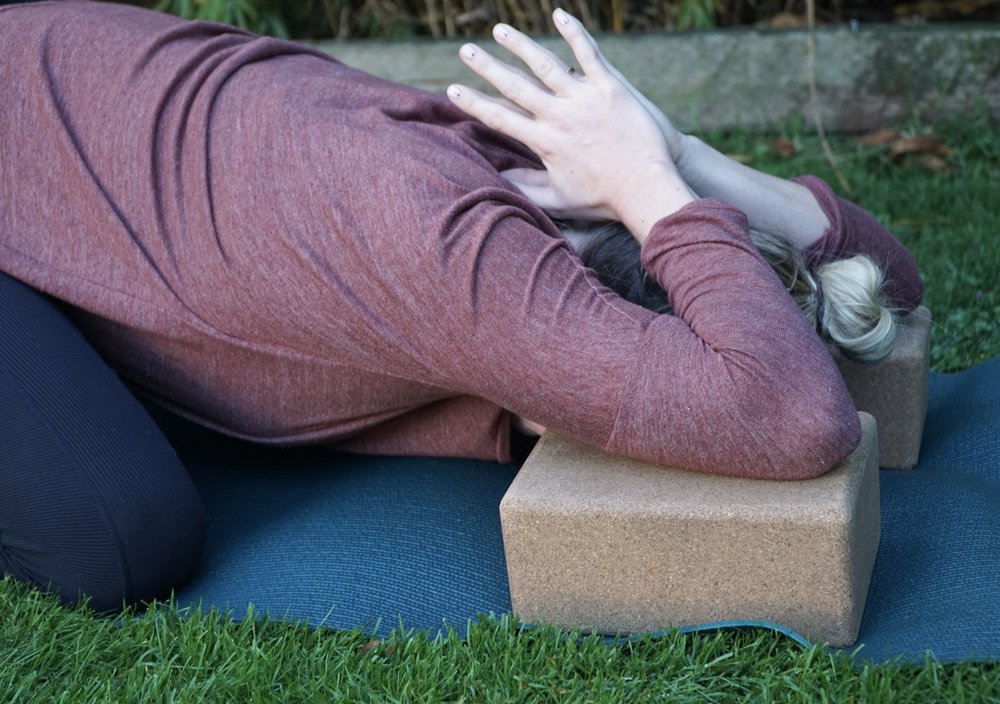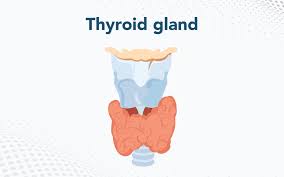Case Scenario: Osteoporosis in an Elderly Woman

Health History: Mrs. J is a 74-year-old woman of Caucasian extraction who reported to the health facility with low back pain that has been ongoing for the past month. Her former medical history indicated she had: type 2 diabetes, hypertension, and COPD. She has a history of falls and fractures without significant trauma. Her chief complaint is persistent low back pain, affecting her daily activities. During the initial assessment, the healthcare team took note of her age, gender, ethnicity, and past and current medical history to determine her risk factors for osteoporosis. The team also evaluated her history of falls and fractures to determine the severity of the osteoporosis and develop a plan of care to address her pain and prevent future fractures.
Diagnostic Testing: The diagnostic workup for Mrs. J included a scan of Dual-energy X-ray absorptiometry (DEXA) placed or requested for Mrs. J to assess her bone mineral density (BMD). The DEXA scan results indicated a T-score of -3.0 at the lumbar spine, indicating severe osteoporosis. This is a significant finding, as osteoporosis increases the patient’s risk of fractures. Blood tests were also ordered to assess Mrs. J’s calcium and vitamin D levels and her parathyroid hormone (PTH) levels. The results showed that her calcium level was within normal limits, but she had a vitamin D deficiency and elevated PTH levels. These findings are consistent with osteoporosis, as low vitamin D levels and high PTH levels can lead to bone loss. The diagnostic tests were essential in confirming the diagnosis of severe osteoporosis and guiding the collaborative management plan.
(we can work on your art homework business homework philosophy physics music)
Collaborative Management: Mrs. J’s collaborative management involved a multidisciplinary team approach, which included her primary care physician, endocrinologist, orthopedist, physical therapist, and pharmacist. The team worked together to manage Mrs. J’s osteoporosis, prevent future fractures, and improve her quality of life. In this case, Mrs. J has been prescribed vitamin D and calcium supplements and therapy using bisphosphonate to reduce the risk of future fractures. Physical therapy was also recommended to help improve her strength and balance. Additionally, her hypertension, type 2 diabetes, and COPD were managed by her primary care physician and endocrinologist.
Additionally, the pharmacist monitored Mrs. J’s medication regimen and ensured no adverse drug interactions. The physical therapist worked with Mrs. J to develop a personalized exercise plan to help improve her mobility and prevent falls. The orthopedist was consulted to evaluate Mrs. J’s fractures and provide treatment recommendations.
Therefore as a nurse, collaboration with the healthcare team was essential in ensuring that Mrs. J received comprehensive care. I worked with the team to coordinate Mrs. J’s appointments and medication regimen, provided education on fall prevention strategies, and monitored her response to treatment. By working together, we achieved the interdisciplinary goals of managing Mrs. J’s osteoporosis, preventing future fractures, and improving her quality of life.
Plan of Care
Plan of Care: Priority Physiological Nursing Diagnosis – Risk for Fractures related to osteoporosis
Priority Nursing Diagnosis: Risk for Fractures related to osteoporosis
Short-term Goal: The patient will have an increased understanding of osteoporosis risk factors and preventive measures.
The patient will demonstrate knowledge of the correct use of assistive devices.
Long-term Goal: The patient will remain fractures-free during hospitalization and after discharge.
Nursing Interventions:
- Assess the patient’s knowledge and understanding of osteoporosis, and provide education on the risk factors and preventive measures (McWilliam Ross & Gilder, 2023).
Rationale: Patient education is critical in preventing fractures and improving patient outcomes.
- Evaluate the patient’s mobility and assist with ambulation as needed.
Rationale: Patients with osteoporosis are at high risk of falls and fractures, and assisting with mobility can prevent falls (Cosman & Dempster, 2019).
- Encourage the patient to participate in weight-bearing exercises.
Rationale: Weight-supporting workout can help strengthen bone density and minimize proneness to fractures.
- Collaborate with the physical therapy team to assess the patient’s need for assistive devices like a walker or cane.
Rationale: aiding gadgets can assist in promoting locomotion and minimize the risk of falls and fractures.
- Monitor the patient’s medication regimen and ensure adherence to prescribed calcium and vitamin D supplements.
Rationale: Vitamin D and calcium are vital for bone health, and their augmentation can prevent osteoporosis-related fractures.
Evaluative Statements:
- The patient verbalized an understanding of osteoporosis’s risk factors and preventive measures.
- The patient used assistive devices correctly during ambulation.
- The patient demonstrated appropriate participation in weight-bearing exercises.
- The physical therapy team assessed the patient’s need for assistive devices and provided appropriate recommendations.
- The patient adhered to prescribed calcium and vitamin D supplements.
Patient Education Needs:
- Proper nutrition for bone health, including calcium and vitamin D sources.
- Safe use of assistive devices.
- Fall prevention measures (Slape, 2022).
Plan of Care: Priority Psychological Nursing Diagnosis – Anxiety related to osteoporosis diagnosis.
Priority Nursing Diagnosis: Anxiety related to osteoporosis diagnosis
Short-term Goal:
The patient will verbalize feelings related to the diagnosis of osteoporosis.
The patient will demonstrate relaxation techniques to manage anxiety.
Long-term Goal:
The patient will report a reduction in anxiety levels.
Nursing Interventions:
- Assess the patient’s level of anxiety and provide emotional support.
Rationale: Patients diagnosed with a chronic illness may experience anxiety and fear related to the diagnosis and its potential impact on their life.
- Teach the patient relaxation maneuvers, such as continuous muscle relaxation and deep breathing exercises (Migliore, Chouinard & Woodlee, 2020).
Rationale: Relaxation maneuvers can aid in minimizing anxiety and enhance overall well-being.
- Encourage the patient to express their feelings and concerns related to the diagnosis.
Rationale: Encouraging patients to express their feelings can help alleviate anxiety and promote coping.
- Collaborate with the healthcare team to provide appropriate pharmacological interventions for anxiety.
Rationale: Pharmacological interventions can be effective in reducing anxiety levels.
- Provide information on support groups and community resources for patients with osteoporosis (Slape, 2022).
Rationale: Connecting patients with resources and support can help reduce anxiety and promote overall well-being.
Evaluative Statements:
- The patient expressed feelings related to the diagnosis of osteoporosis.
- The patient demonstrated relaxation techniques to manage anxiety.
- The patient verbalized understanding of support resources and how to access them.
- The healthcare team provided appropriate pharmacological interventions for anxiety, as needed.
- The patient reported a reduction in anxiety levels.
Patient Education Needs:
Coping strategies for anxiety related to chronic illness.
Resources for support groups and community resources.
The importance of maintaining a healthy diet rich in calcium and vitamin D.
The importance of adhering to the prescribed medication regimen.






